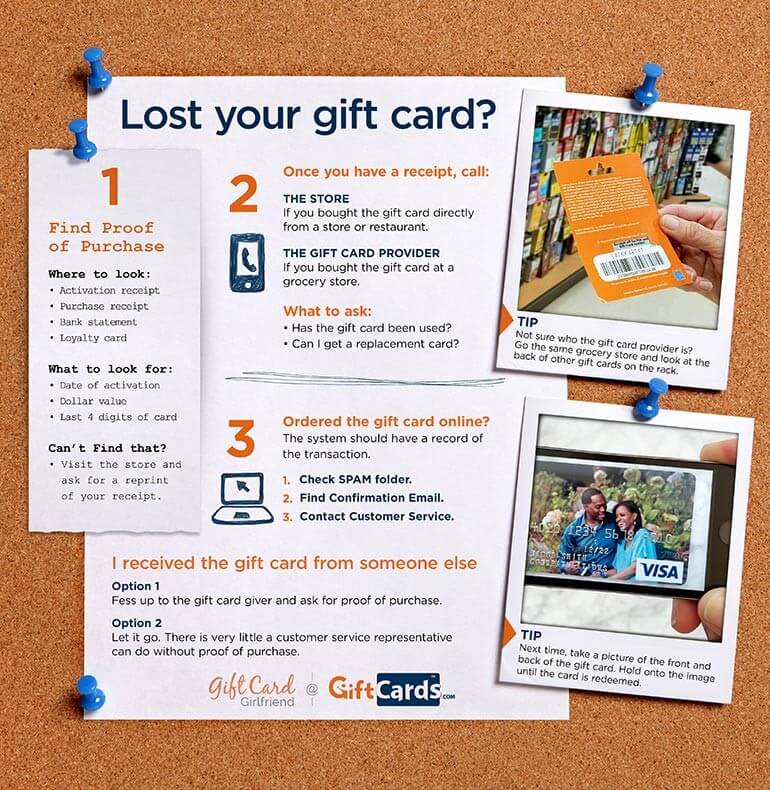Laser inscribing on glass can add vivid, individualized designs to a series of items. This flexibility is among the main advantages of laser modern technology over other inscribing methods.
Before you engrave your glass products with the laser, recognize a few usual problems that can emerge. These ideas will assist you achieve the very best results feasible.
How Laser Inscription Works
Laser engraving is a preferred technique for etching and individualizing products. It is a procedure that can be carried out on a variety of materials, consisting of glass, wood and steel. Laser engraving makers can produce extremely thorough designs, with great lines and precise cuts. Utilizing this strategy, you can produce custom awards and various other products that make sure to excite.
To achieve the preferred results, first, you will certainly need to conceptualize the layout. This will assist you to determine what type of picture or message you want to etch externally. After that, you will require to transform your concept into an electronic graphic. This can be finished with visuals layout software application, such as Adobe Illustrator or Inkscape, and afterwards conserved into a data layout that is compatible with your laser engraver.
Once the etching documents are prepared, it is time to start preparing the material for laser noting. This can be done by using a black mask that is designed particularly for laser usage. The dark shade of the mask reflects laser light, and helps to lessen any kind of warmth that would certainly or else harm the surface area.
Limiting Cracking
When the laser beam of light strikes the surface area of glass it immediately heats the material up. The abrupt home heating causes microscopic fractures to the surface. The fractures and cracks develop the appearance of engraving, etching or frosted glass.
The varying structures of various sorts of glass can affect how the material reacts to the laser. It is very important to meticulously test your laser settings on a sample piece of glass before starting a task. Exact emphasis is additionally crucial for clean, consistent results.
To improve the high quality of your engravings try utilizing a dark paper to secure the glass from the laser. The specialized dark paper has a finish that soaks up the laser power and allows the etching to happen. The dark paper can be eliminated as soon as the engraving is total. It is likewise advised to use a lower resolution and minimize the quantity of black in the graphics as this will certainly help reduce micro-fracturing. A Jarvis dithering pattern can also be put on the visuals in the laser vehicle driver settings to stunning glass display examples randomize and separate the dots of the style and additional lower the quantity of micro-fracturing.
Preparing the Surface
Laser marking on glass and plastic provides a variety of functional uses, from product traceability (like date codes or great deal numbers) to 3D noting within the product itself. It's additionally used for decoration and design in industries like the vehicle, food, and telecommunication markets.
Obtaining excellent arise from laser engraving on glass depends in part on the preparation of the surface. Keeping the material clean of dust and grease assists the laser permeate much deeper and much better. Covering up the surface with a paper towel or paper a little larger than the engraving area can likewise decrease the impacts of warm on big locations, assisting to lessen breaking and enhance general etching high quality.
Style and laser control software application can likewise impact exactly how well the procedure works. Programs like Adobe Illustrator or Corel Draw assist you create and modify your designs while programs like LightBurn or LaserGRBL control the laser's settings.
Getting Started
Laser engraving on glass is rapid and reliable, developing a premium appearance that improves products and strengthens brand identity. While some might watch out for dealing with this fragile material, a little time and patience will aid make certain attractive outcomes.
Utilizing an industrial laser, you can add decorative patterns, messages, or individualized styles to products like drinking glasses, bottles, pitchers, and a lot more. The process is non-contact, decreasing the risk of damage also on rounded or delicate surfaces.
To maximize laser performance, you'll intend to invest some time experimenting with the setups for your certain device and glass type. Refining these setups will certainly reduce energy usage, enhance overall inscribing high quality, and decrease the likelihood of mistakes or damage. For example, you can raise the resolution and reduce the black level of your graphics to use much less laser power. Likewise, using a Jarvis dithering pattern will certainly separate and randomize the dots in your graphics to further minimize laser warm usage.
